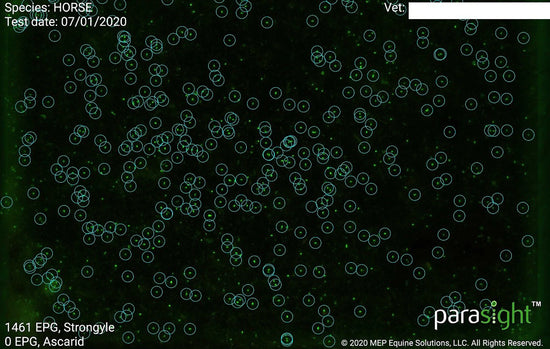
Proof you can see
WormGuide is changing the future of your horse’s health. The diagnostic technology that we use is the most precise worm egg counting tech anywhere in the world and the only scientifically validated worm egg count test for the equine industry.
Historically, horse worm egg count testing has been plagued by poor performance. Out-dated test protocols and old-school testing technologies continue to produce unreliable data. Combine this with poor deworming habits and poor testing techniques, and we are contributing to the rapid development of horse wormer resistance and associated poor health.
The worm egg count diagnostic technology that we use was developed and tested by MEP Equine Solutions and the University of Kentucky Gluck Equine Research Centre (a scientific institute completely dedicated to scientific discovery, education and health and well-being of horses). Validated by several labs, major research universities and published in several peer-reviewed papers, the diagnostic tech that we use delivers consistently reliable and accurate analysis. The possibility of the system misdiagnosing your sample is less than 0.003%, which is at least 2000 times less likely than the aging McMaster microscope method.
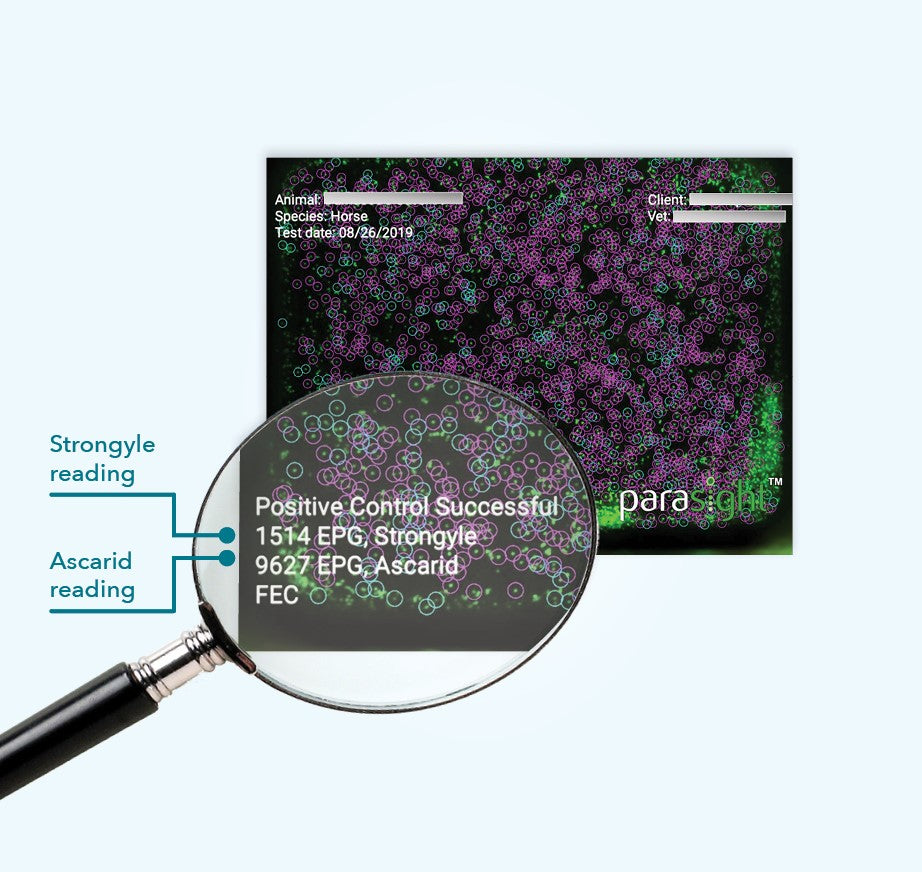
So how does it work?
When analysing samples, the detection limit of any worm egg count technique is so important. Techniques with lower limits of detection offer better diagnostic sensitivity than techniques with higher limits of detection. Simple and low-cost techniques can have detection limits ranging from 25 to 50 eggs per gram (EPG), and even 100 eggs per gram of manure. A high detection limit can falsely overestimate the efficacy of a deworming treatment. The diagnostic technology we use delivers accurate analysis with exceptional precision and provides a detection limit of 4 eggs per gram (EPG) of faeces.
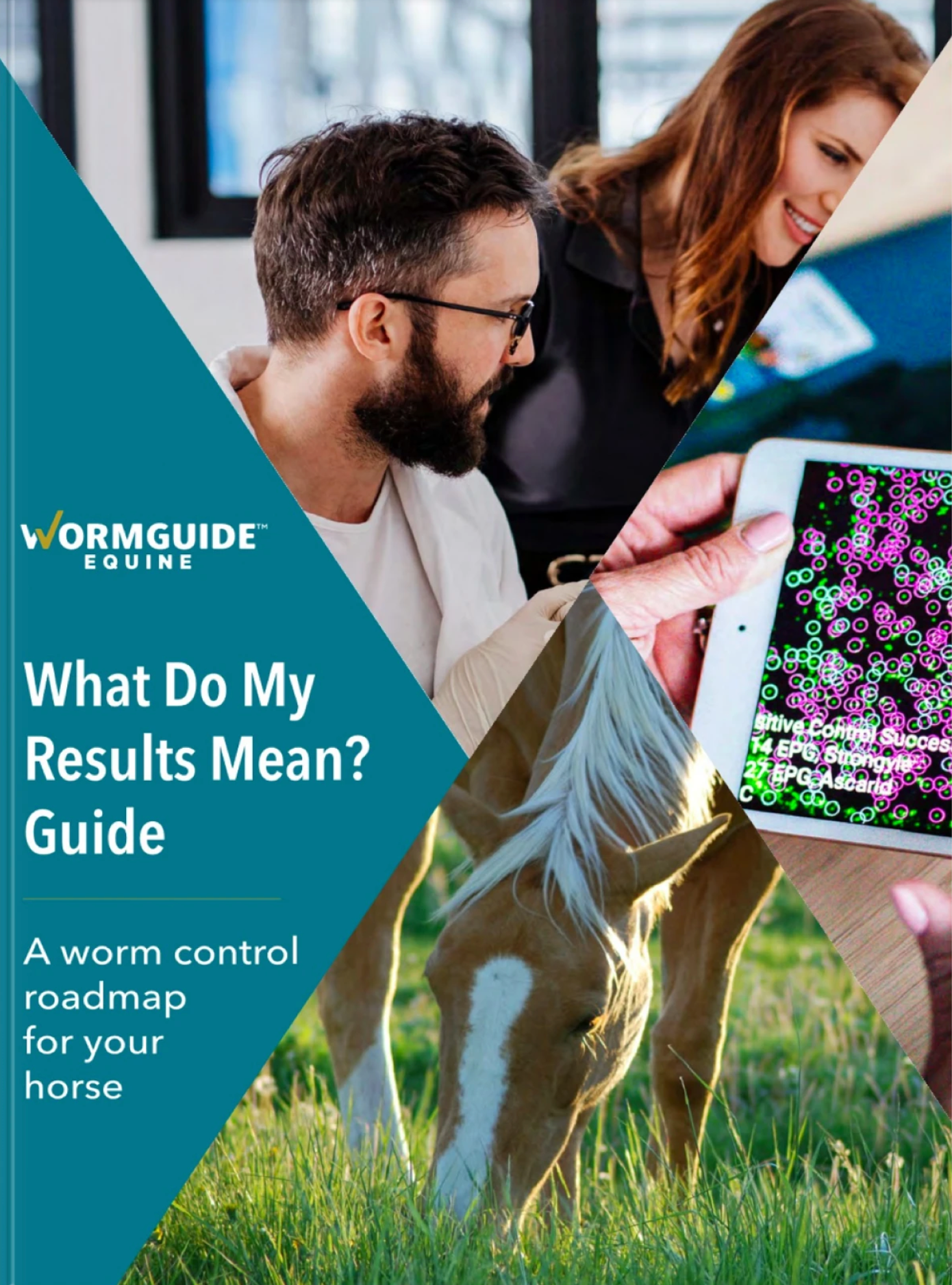
Stop fumbling in the dark
Evidence-based worm control is easier than you think.
Our worm egg count (WEC) analysis identifies and counts ascarids and strongyles in your horses’ faecal sample and outputs quantitative results data and a coloured fluorescent image of the worm eggs in the poo. This is not as gross as it sounds! In fact, it is scientific proof you can see. This information is then emailed to you along with our easy to read What Do My Results Mean? Guide.
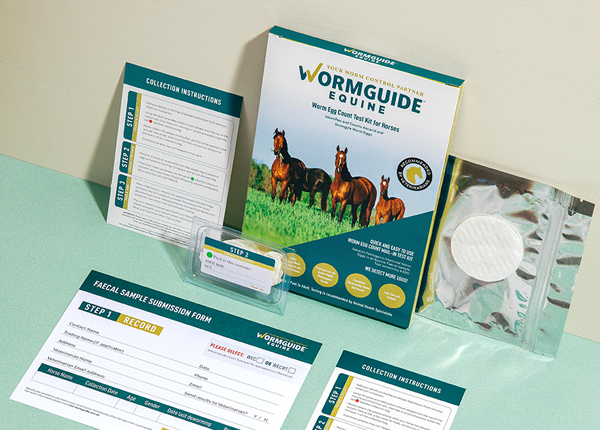
Now it’s over to you and your vet to develop a meaningful and sustainable deworming program.
Peer Review Analysis
-
Did we mention that peer-reviewed analyses of the horse worm egg count technology that we use has been published in several parasitology papers and in the International Journal of Veterinarian Parasitology?
Horse owners and/or veterinarians receive a digital image of your horse’s faecal sample and quantitative results.
-
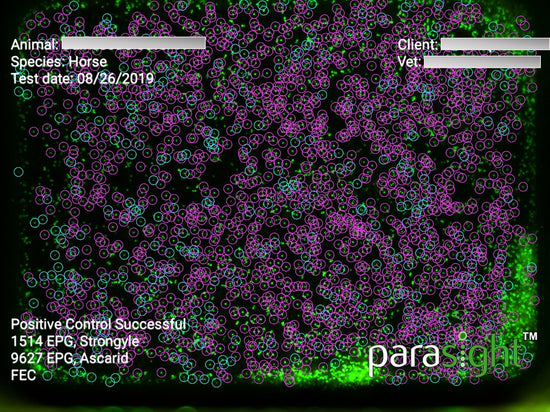
-
